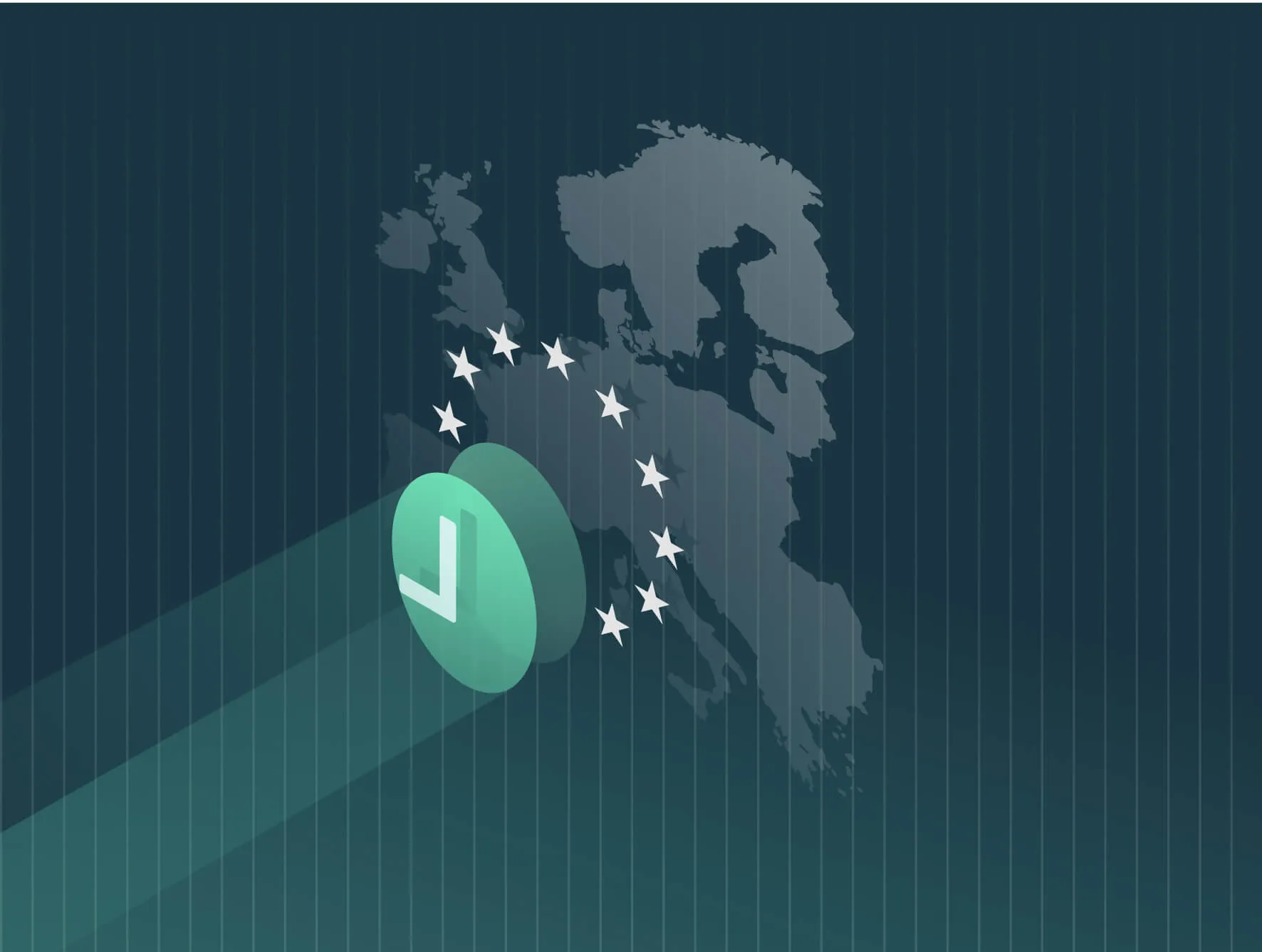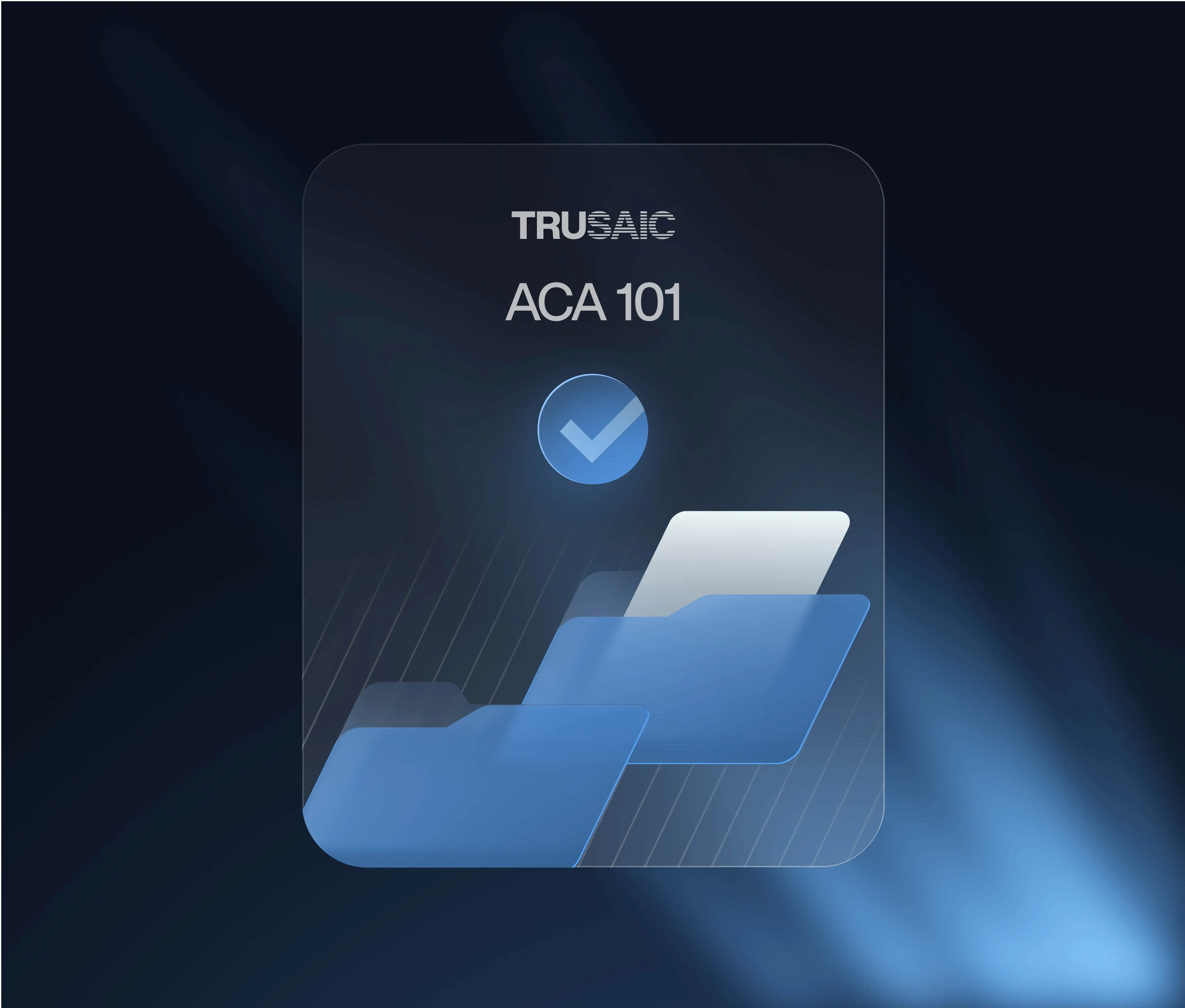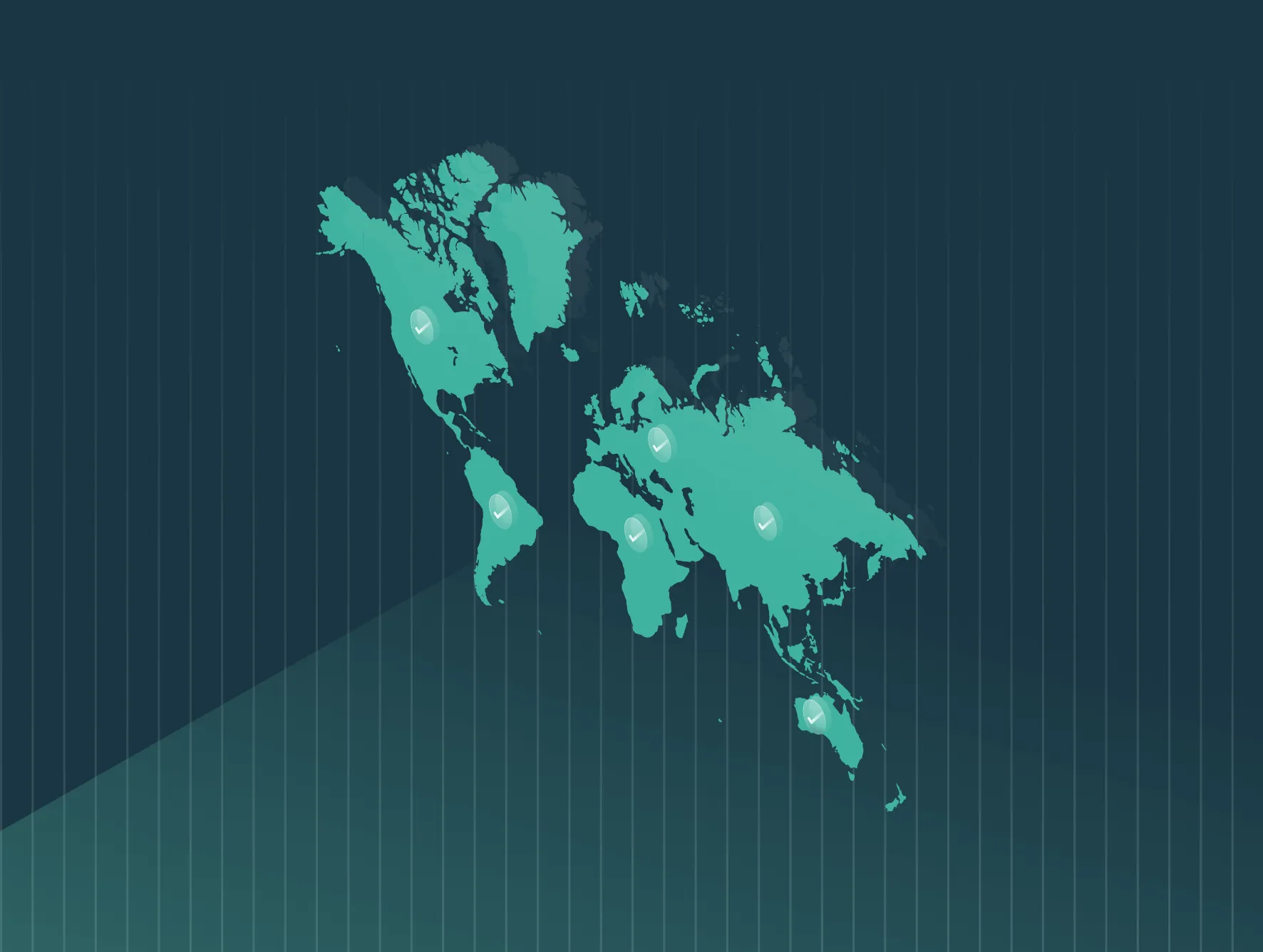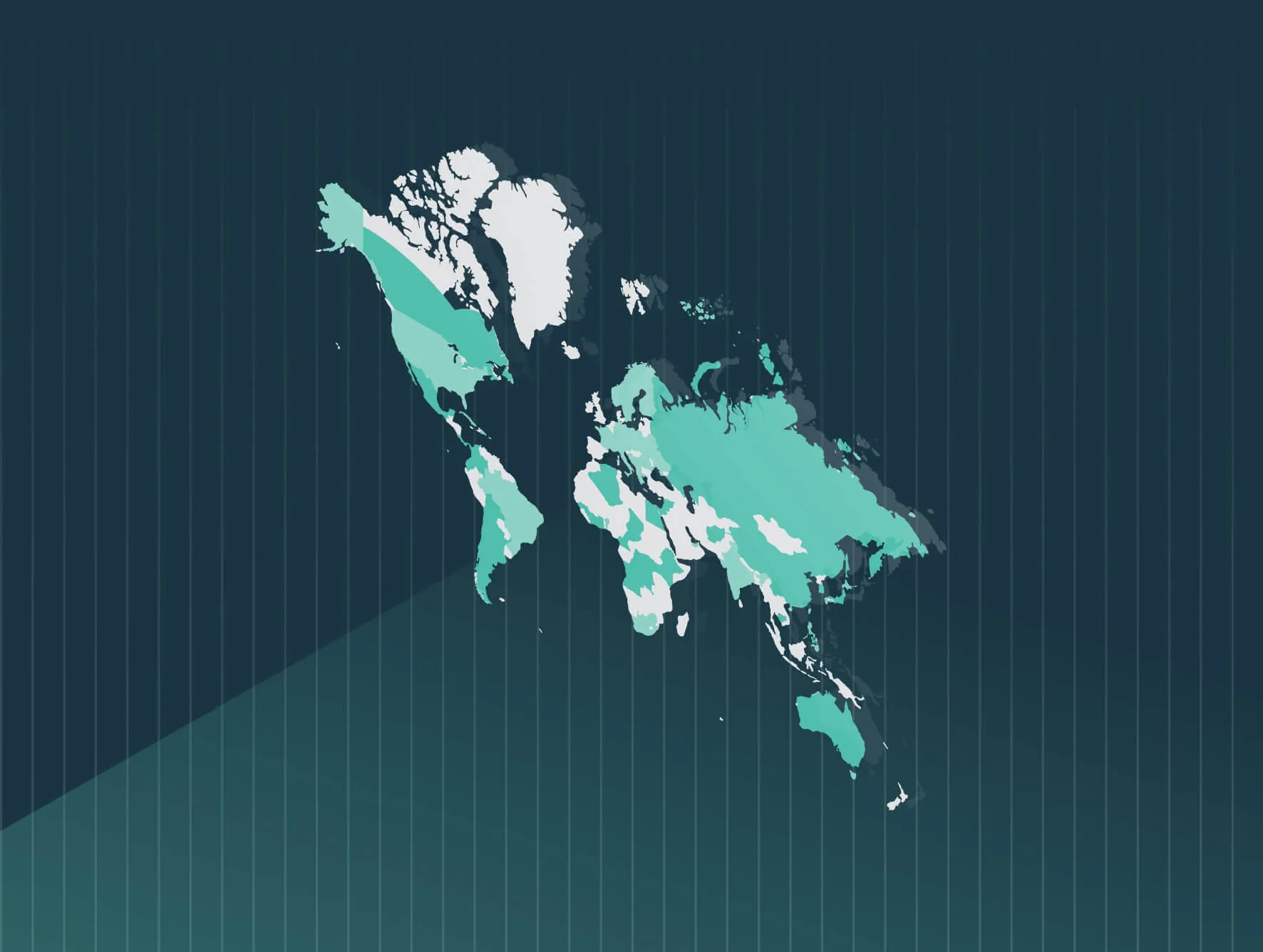On the heels of several other EU Member States, France has taken its first step toward implementing the EU Pay Transparency Directive (EUPTD), initiating formal consultations in May 2025 with labor unions and employer federations.
With a long-standing national commitment to gender pay equity through its existing equality index, France’s proposal builds upon current frameworks and introduces key changes to align with the Directive’s minimum standards.
Stay up to date with the latest EUPTD developments through our Member State Monitor.
What Employers Need to Know
France’s proposed implementation, scheduled for full adoption by June 7, 2026, will replace its current gender equality index with a more comprehensive seven-indicator model derived from the EU Directive.
The new framework will continue to apply to companies with 50 or more employees, maintaining France’s stricter threshold compared to the Directive’s 100-employee minimum.
Key Changes and New Requirements
- A new seven-indicator index will replace the existing gender equality index used since 2018. These indicators measure various dimensions of pay gaps between men and women.
- Six of the seven indicators will be automatically collected through the Déclaration Sociale Nominative (DSN) system, which employers already use to report payroll data.
- The seventh indicator, which assesses gender pay gaps by job category, will require employers with 250+ employees to report annually, and those with 50–249 employees to report every three years.
- Companies will be required to justify any unexplained pay gap above 5%, or risk facing administrative fines.
- New requirements include:
- Salary range disclosure in job postings
- A ban on salary history inquiries during recruitment
The right for employees to request their individual pay information annually
- France plans to ban non-disclosure agreements (NDAs) related to remuneration and require disclosure of how pay, promotions, and job classifications are determined.
- A light-touch regime is proposed for companies with fewer than 100 employees to ease administrative burden.
Maintaining and Expanding Transparency
France’s approach to transposition retains its leadership in pay equity regulation by going beyond the Directive’s minimum thresholds. While the seven-indicator model reflects the core elements of the EU Directive, the inclusion of additional transparency obligations—such as salary range disclosures and employee pay information rights—indicates a clear policy direction: embed pay transparency into every aspect of the employment lifecycle.
Timeline and Reporting Deadlines
- The current consultation process, launched in May 2025, is the beginning of France’s formal transposition of the Directive.
- Legislation must be adopted by June 7, 2026 to meet EU requirements.
- First employer reports using the new seven-indicator model are expected by March 2027.
How Trusaic Can Help
At Trusaic, our solutions help global organizations navigate the evolving regulatory landscape.
Our Pay Equity Software Suite enables compliant pay systems, ensures gender-neutral job evaluations, and automates complex reporting obligations to keep you one step ahead of EU pay transparency enforcement.
- PayParity® analyzes your rewards data (compensation/benefits in kind) and quickly identifies inequities to determine if your adjusted gender pay gap is above 5%. It enables you to easily comply with Article 6 (right to information) and Article 7 requirements (pay setting and progression policy).
- Our Remediation Optimization Spend Agent (R.O.S.A.) works as PayParity’s AI remediation partner to find the most cost-effective way to close nominal pay gaps above 5% to ensure compliance.
- Salary Range Finder ensures equitable pay at the point of hire to prevent your pay gap from rising above 5% and enables you to easily comply with the Directive’s salary range disclosure and salary history ban requirements.
- Regulatory Pay Transparency Reporting™ captures your pay equity findings and generates compliant, one-click reports across all EU jurisdictions.
- Our Pay Transparency Agent answers all your pay transparency reporting questions instantly
- Our Communications Agent crafts perfect contextual narratives in any EU language to support your annual pay reports.
Trusaic is GDPR compliant and can assist any organization in any EU state in meeting its obligations under both the EU Corporate Sustainability Reporting Directive and the EU Pay Transparency Directive.
Visit our always updated Member State Transposition Monitor to stay on top of the latest EU Pay Transparency Directive developments.
Looking Ahead
France’s proposed changes represent both continuity and evolution. By integrating EU requirements into its existing national approach, France is positioning employers to take measurable action on pay equity—while also expanding the scope and expectations of employer responsibility.
Organizations operating in France should begin preparing now by reviewing their data infrastructure, evaluating pay practices, and planning for expanded reporting and transparency requirements. With the first reports due in 2027, there is still time — but the clock is ticking.







